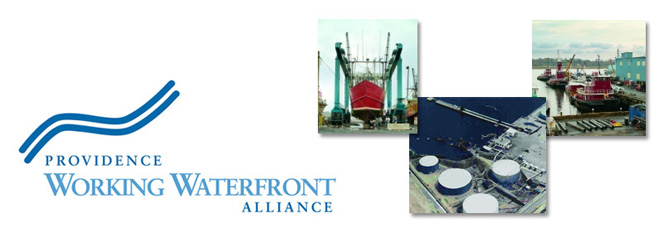Tiffany Smythe, a Providence resident and a fellow at the University of Rhode Island’s Coastal Institute, has an excellent op-ed piece in today’s Providence Journal about the need for thoughtful city and state-wide planning for our ports and waterfronts:
Why do working waterfronts have value? To many, this question comes down to numbers: jobs versus property- tax income. While condominiums are often viewed as more lucrative because they will generate more tax revenue for a city, working-waterfront businesses contribute economic value to the residents, city and to the region. They offer high-paying, skilled jobs to marine tradesmen, and provide access to much-needed products such as fuel and construction materials. These products, and the many other services provided by Providence’s waterfront industries, benefit not only the city of Providence, but also the entire state of Rhode Island.
The value of shipyards and port facilities extends far beyond their proven economic return. Working waterfronts also have non-market benefits, such as cultural value. Working waterfronts are our connection to our history, and in New England, that means maritime commerce. It is ironic that here in the seaport city of Providence, the state capital and just downriver from the birthplace of the American Industrial Revolution, maritime industrial businesses have felt compelled to launch a public-education campaign to ensure their longevity. Rhode Islanders should not forget the importance of maritime trade to the colonial growth of the “city-state.”
Furthermore, working waterfronts have aesthetic value. While some may look at commercial/industrial parts of the Providence waterfront as an “utter stain” (to quote from Lee A. Johnson’s Sept. 27 Journal letter), others see beauty — fishing trawlers, tugboats, ferries and the occasional tall ship, framed against the backdrop of the Providence River.

